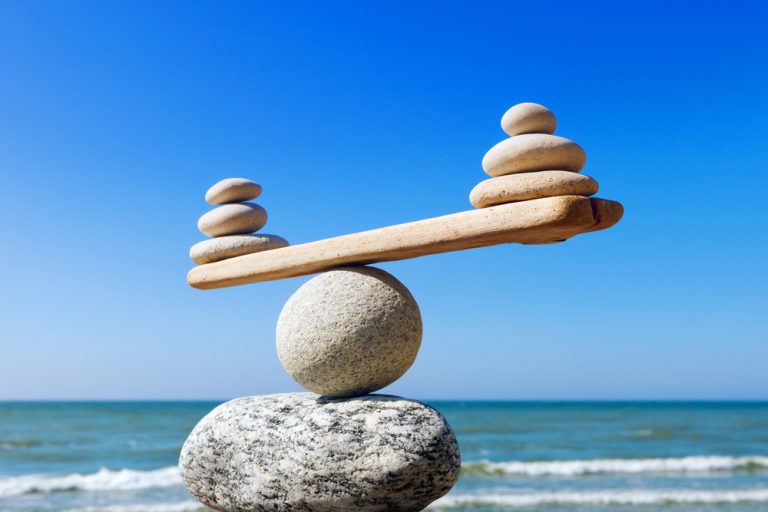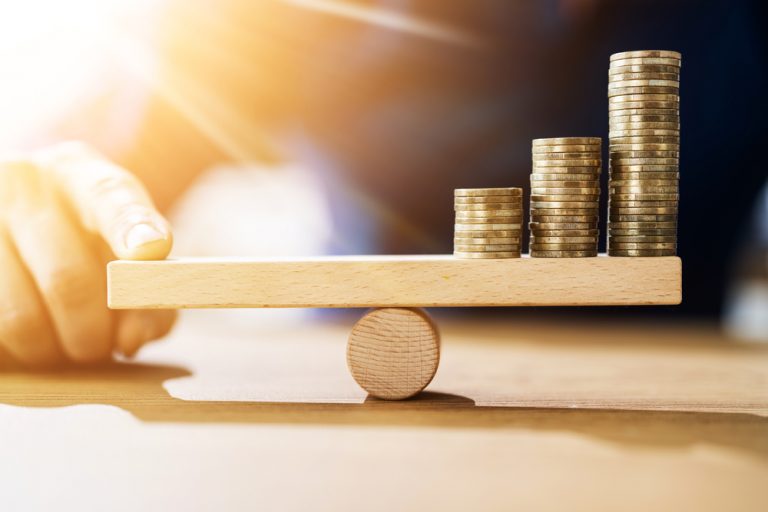If you’re an investor who awoke to the chaos surrounding market volatility this morning, the fear and uncertainty brought on by the 1,900-point Dow Jones drop due to oil prices and coronavirus effects likely resulted in an unpleasant way to start your Monday. The panic was so severe, a circuit breaker was triggered, halting trading for 15 minutes—the first time since 2010. As investment ditched stocks and sought safety in bonds, the 10 Year U.S. Treasury fell below .5% for the first time in history.
When intense emotion triggers investment decisions, there is no telling what the result might be. Today, emotion led to numerous knee-jerk reactions instead of a calculated, strategic response. For instance, the popular trading app Robinhood went down mid-day due to the deluge of sell orders.
At this point, no one knows for sure if we’re on the brink of another recession due to these current events. But we do know, based on historical market data, that another recession will happen at some point in the future. The pattern of market highs followed by sharp downturns is nothing new.
This week the perfect storm of COVID-19 fears and the oil price war between OPEC and Russia rocked the market. Next week, or next month, or next year some other global factor will be the proverbial straw. Rather than asking, “What now,” ask yourself why you expose yourself to risk in the first place.
The Psychology of Risk
Most of us are conditioned to believe that without risk there is no reward. The greater the risk, the greater the reward—and the greater the risk of losing it all.
We are taught that using mutual funds is a way to mitigate risk because they are generally diversified across different sectors and sizes of company. We are conditioned by conventional wisdom to ride market highs and weather market corrections, blindly trusting that it will all work out in the end.
Unfortunately, the history of market volatility has proven otherwise. So why do we continue to invest this way?
Because everyone else is doing it.
We’re led to believe the only way to retire is passively using the stock market. The majority of Americans don’t invest on their own, so they follow the advice of financial planners and fund managers hoping their portfolio will be rich enough to last through retirement.
A typical financial planner may ask, “How much risk are you willing to take on with your investment?”
Risk Mitigation & Asset Allocation
Better questions to ask yourself might be, “How can I mitigate the risks that I take?” “How can I regain control of my investments and my future?”
At Paradigm Life, we know that millions of Americans follow out-of-date financial advice that prohibits a future they deserve. Our mission is to come alongside you to implement a personalized wealth strategy that empowers you to live a fulfilling life right now, and confidently ensure a future of your dreams.
We view risk as the inverse of control, outlined here in The Hierarchy of Wealth, one of the ways we evaluate different types of investments:
Allocating your assets consistently across these four tiers improves the degree of certainty in your investment strategy by offering more control and with reduced risk. There is still room for market-based assets like mutual funds, but our view of these assets are unlike most. The amount of return you typically achieve is not worth the risk and lack of control. So when the next market downturn arrives, your financial foundation remains intact.
Reducing Market Volatility With High Cash Value Life Insurance
We typically advise clients to use high cash value whole life insurance through a mutual insurance company as the foundation of their wealth. The various benefits, both in building wealth as well as long-term protection relative to the risk of performance, are unmatched. In fact, mutual insurance companies weathered both the Great Depression after the 1929 market crash and the Great Recession after the 2008 market crash. This dynamic financial tool is not the entirety of your assets, it is the foundation that improves the other assets you have. Here are a few of the reasons this foundation is so valuable:
Certainty: A guaranteed rate of return takes the guesswork out of your portfolio.
Control: Reduced tax liability and increased asset protections keep your wealth in your hands.
Liquidity: Access your wealth when you need it, regardless of age, without penalties.
Protection: Rest easy knowing market volatility can’t touch your financial foundation.
Cash Flow: Enjoy retirement income you won’t have to worry about outliving.
Legacy: Pass along wealth the same way the Rockefellers have.
We call high cash value whole life insurance The Wealth Maximization Account™.
Money in a Wealth Maximization Account won’t be subject to future market loss. It will accumulate and earn tax-free dividends. If you need liquidity, the money is available to you quickly and easily. Cash value life insurance plays the role of your savings, emergency account, and opportunity fund all in one.
To learn more about how a Wealth Maximization Account can offer you stability and opportunity in times of market volatility, take our free eCourse.
When emotions run high due to economic uncertainty, many investors feel overly exposed to risk and let fear guide their investment strategy (or lack thereof). Be prepared for the next financial downturn with a Wealth Maximization Account, and turn market volatility into opportunity.







